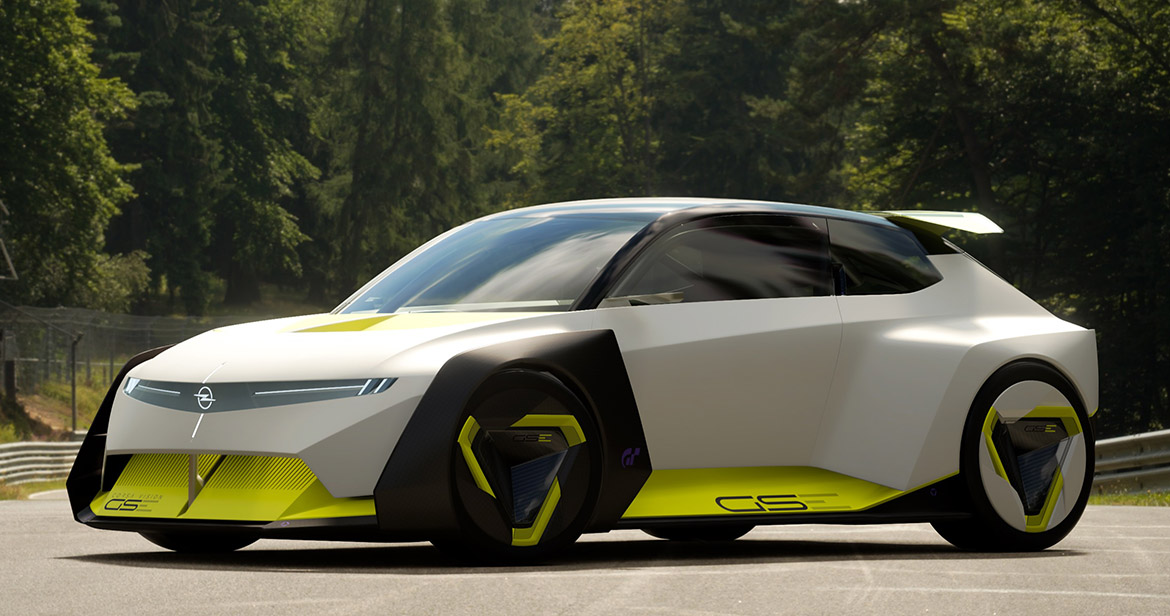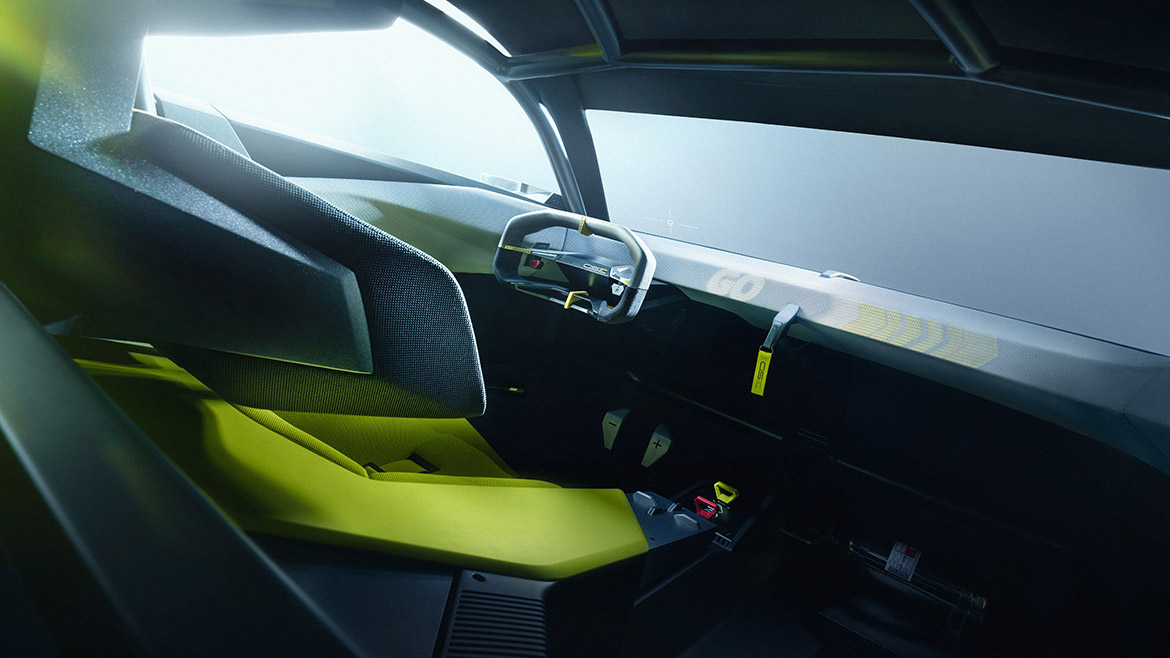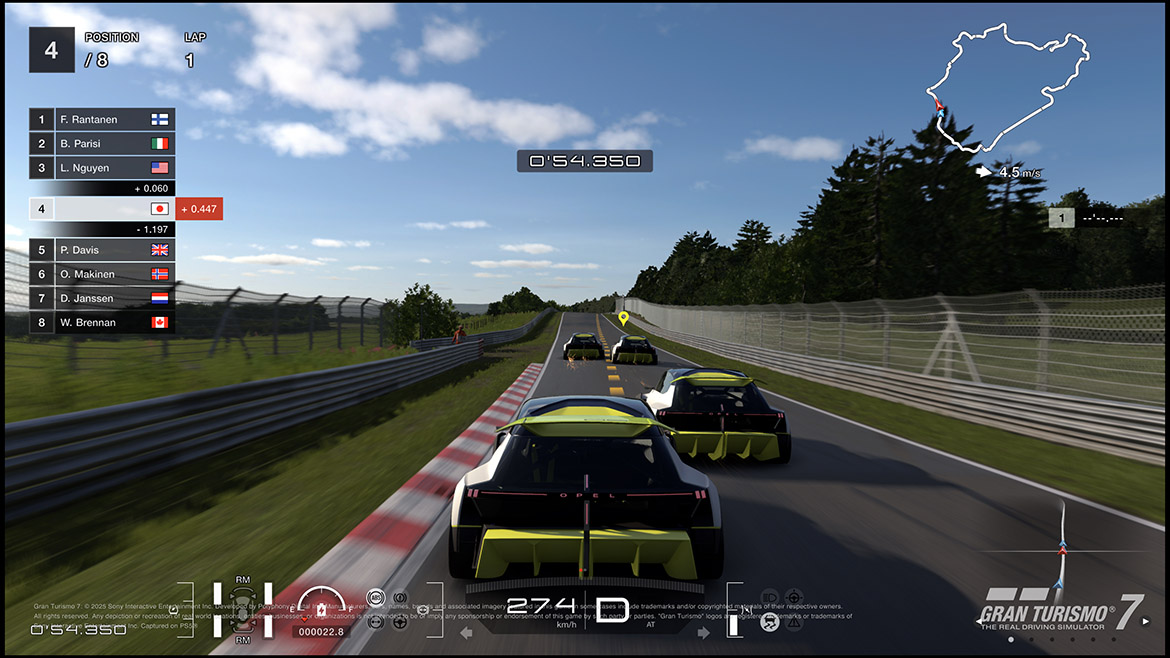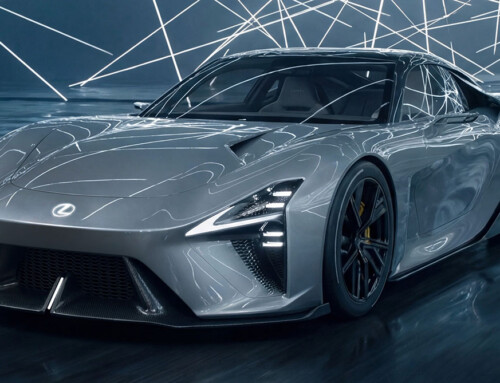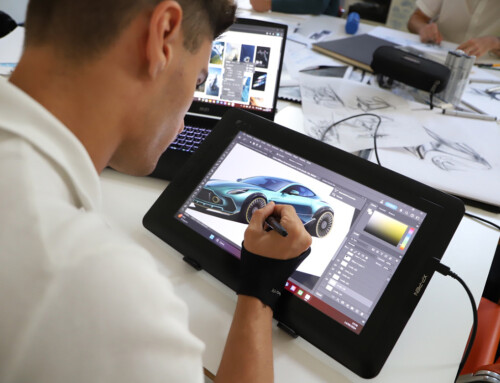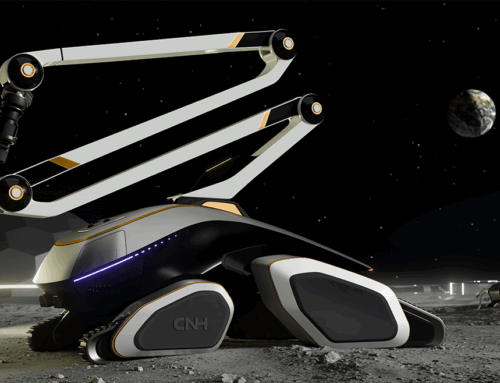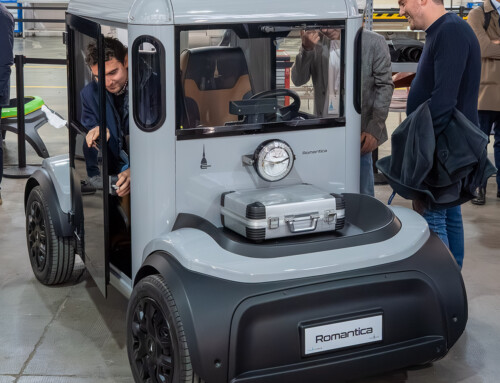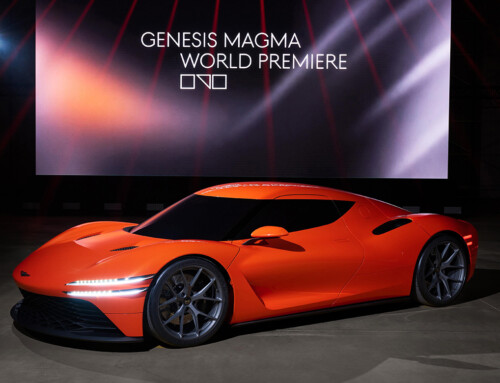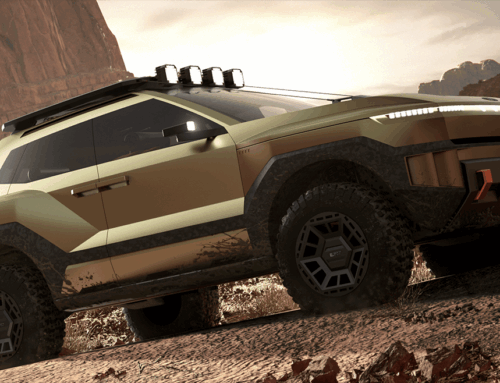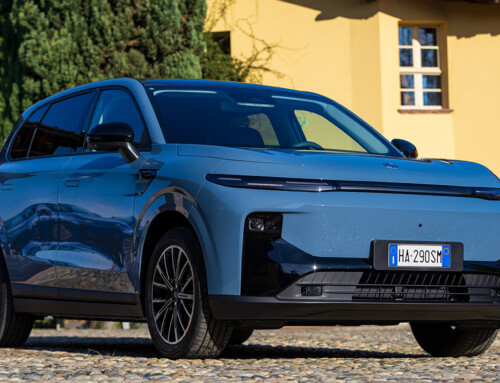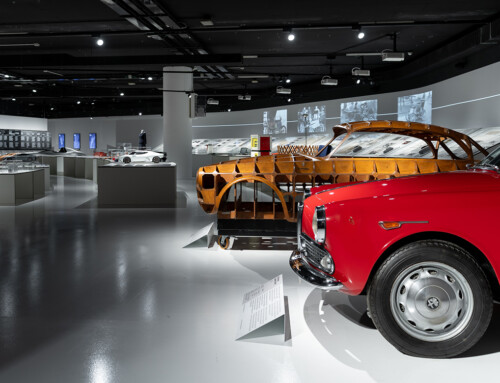Opel has created a very special concept. It’s called the Corsa GSE Vision Gran Turismo, and it’s a car designed specifically for the famous driving simulator Gran Turismo 7, the latest installment in the PlayStation videogame series. This isn’t the first time a manufacturer has attempted a project like this. In the past, numerous cars branded “Vision Gran Turismo” have taken to the track, albeit only virtually. But there’s something more here. We met Victor Uribe Chacon, designer at the Opel design center in Rüsselsheim, who explained why this car isn’t just an experiment. He explains: “The Opel Corsa GSE Vision Gran Turismo has a dual purpose: to demonstrate the direction in which the GSE sports division will move, which will increasingly focus on electric vehicles, and to preview the style and content of the next Opel Corsa, the seventh generation of which is expected in 2026”.
“The Opel Corsa GSE Vision Gran Turismo,” Chacon continues, “respects the dictates of our Pure & Bold design philosophy, which is based on clean lines and the exaltation of some highly technical elements that lend personality. Just look at the wheel arches, the mirrors, or the air vent to understand what we mean. On this concept, the body is defined by triangular surfaces. They hark back to the brand’s tradition and create tension and a sense of speed”. Among the most distinctive elements is the compass-shaped front light signature, with horizontal and vertical lights framing the logo, which is also illuminated. Also noticeable at the front is the striking aerotunnel, which directs airflow from the lower part of the bumper through the hood and towards the windshield.
Finally, at the rear, a large spoiler and an equally generous diffuser appear. “Both are mobile, to improve load at high speeds,” says Chacon, adding: “Inside, the focus was on simplicity, for maximum driving engagement. In fact, there are no instruments and no central touchscreen. All the information is shown on a head-up display.” However, there are lights in the seats, on the dashboard, and on the inside of the doors that signal the presence of vehicles nearby and increase the interaction between driver and car.

